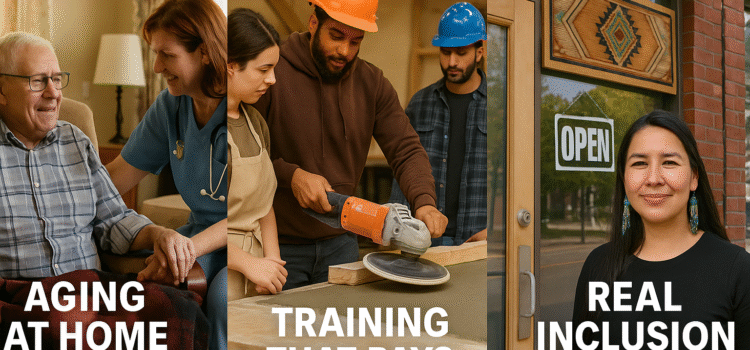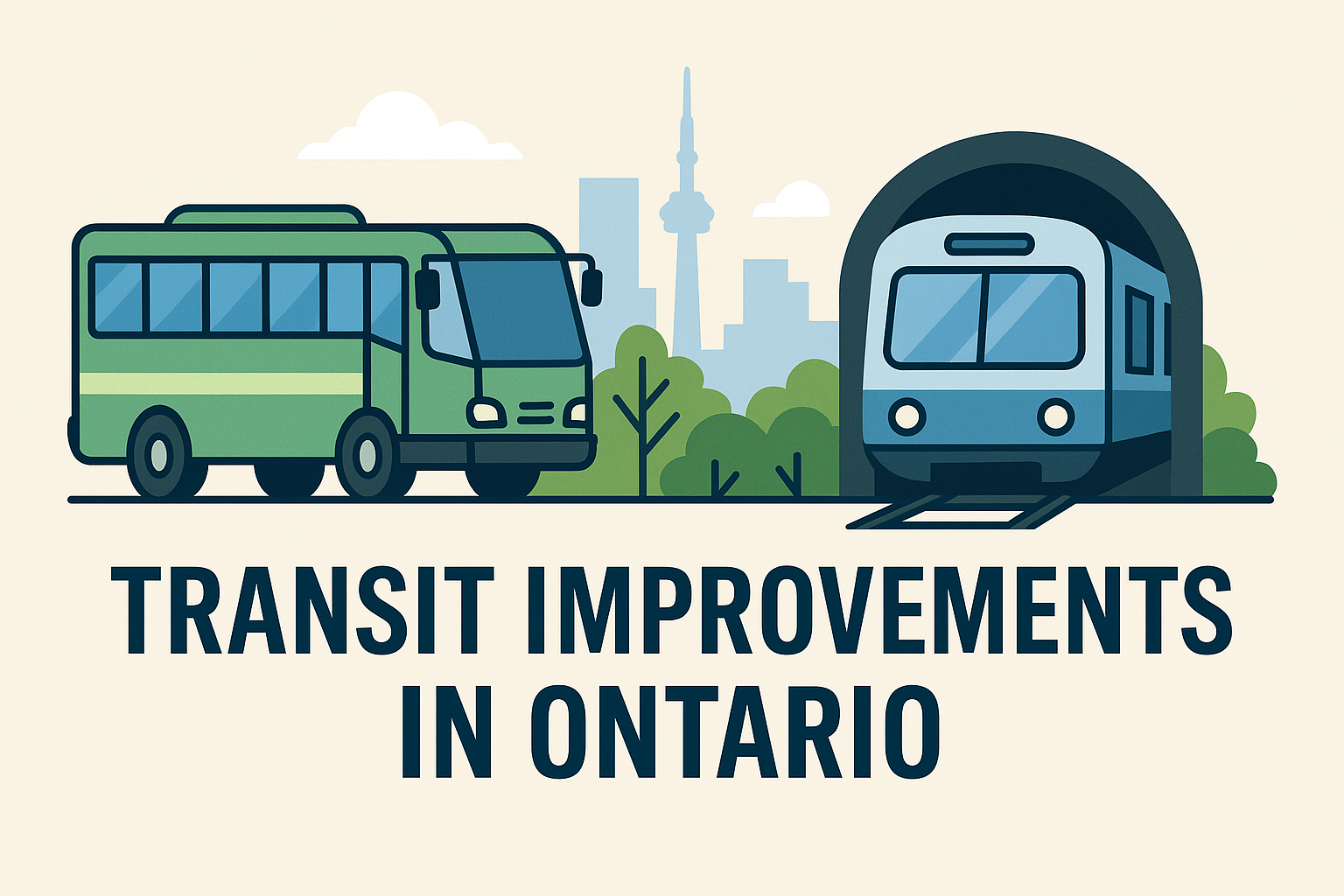Ontario Weekly Update September 2025: Seniors Aging at Home, Skills Training, and First Nations Business Directory
By Mansoor Qureshi
Ontario Weekly Update: Seniors Aging at Home Pilot Program
Ontario Weekly Update September 2025 begins with news that the province has announced a pilot program to help seniors stay in their homes longer. BradfordToday reports that this initiative expands home care and accessibility support so older Ontarians can age with dignity where they feel most comfortable. Families will face less disruption and stress, while the healthcare system may see reduced pressure on long-term care homes. Importantly, the challenge will be ensuring rural and remote communities benefit, not just urban centres.
Ontario Weekly Update: Skills Development Fund Boosts Training
The Ontario Weekly Update September 2025 also highlights that the province has awarded millions through the Skills Development Fund to support training in trades such as electrical work, construction, and environmental safety. Industry news shows that these programs target youth, newcomers, and underrepresented groups. As a result, more Ontarians will gain access to good-paying jobs and employers may face fewer labour shortages. Still, equity of access is crucial: people in Thunder Bay deserve the same opportunities as those in the GTA. Additionally, transportation, childcare, and placements outside big cities need improvement to make training fair province-wide.
Ontario Weekly Update: First Nations Business Directory Launches
The Ontario government and the Chiefs of Ontario have partnered to launch a certified First Nations Business Directory. Chiefs of Ontario confirm that the directory will make it easier for Indigenous-owned businesses to connect with government procurement, industry contracts, and the broader public. This initiative is not only economic; it also supports reconciliation, promotes visibility, and strengthens long-term inclusion. For Indigenous entrepreneurs, access to networks and contracts can lead to stronger local economies and greater independence.
What This Update Means for Ontario
For seniors, the aging-at-home pilot means the possibility of remaining in the houses where they built their lives. For workers, new training paths open steady careers in urgently needed trades. For Indigenous businesses, visibility and procurement opportunities can drive growth and inclusion. However, these programs only matter if they reach every corner of Ontario. Transitioning from policy announcements to real, measurable results will be the true test.
Where Ontario Centrists Stand
We believe in practical investments that improve daily life. Supporting seniors, training workers, and empowering Indigenous businesses all move Ontario toward fairness and accountability. Our focus is to ensure that funding is transparent, accessible, and province-wide. By holding leaders accountable, we can guarantee these initiatives serve families in the north, rural areas, and cities alike. Ontario Weekly Update September 2025 should not only inform but also inspire action toward measurable progress.
Let’s get to work.



